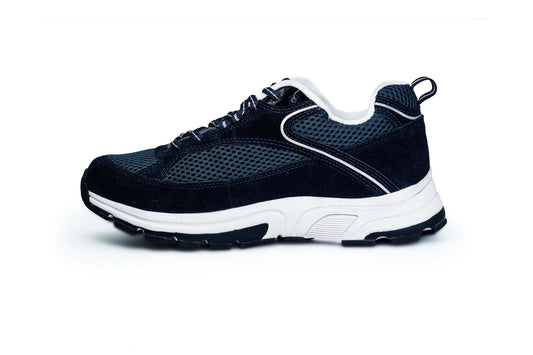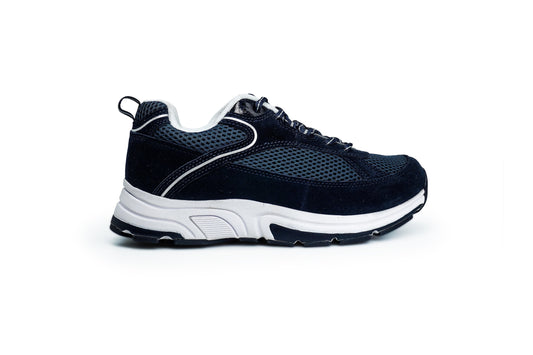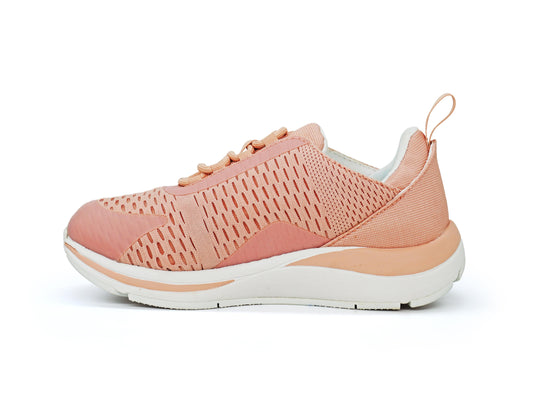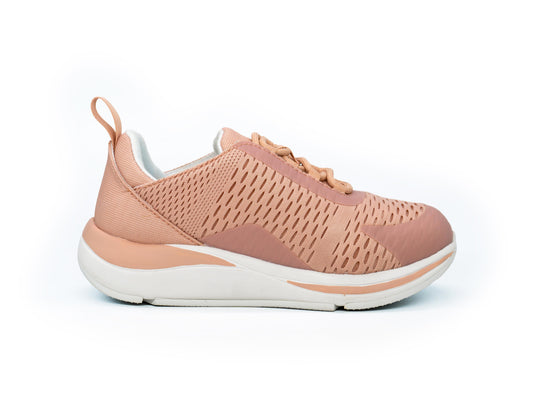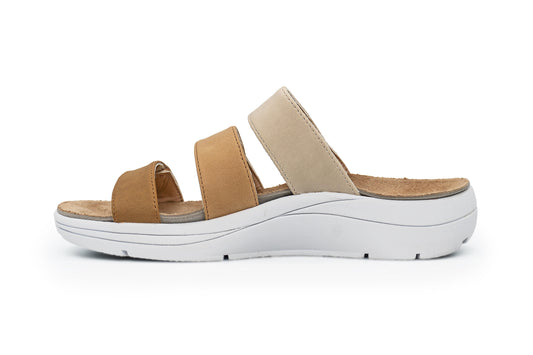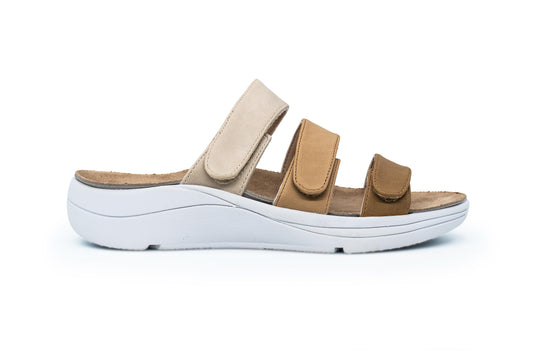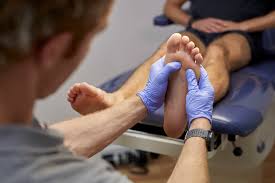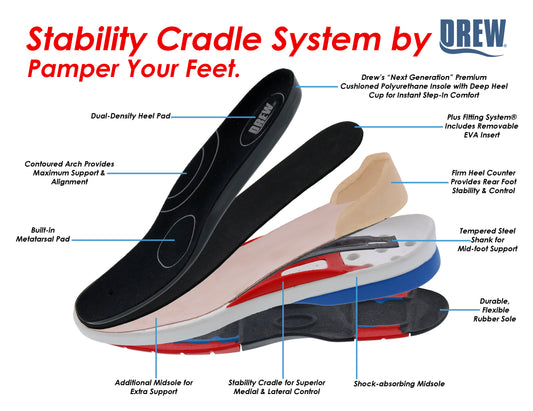HOW DIABETIC SHOES REDUCE CALLUSES, CORNS, AND SKIN BREAKDOWN?
One of the most vulnerable places for people with diabetes is their feet. Diabetes is a chronic disorder that can affect many sections of the body. It can cause peripheral neuropathy, impaired circulation, and an elevated risk of infection. These factors make the feet more susceptible to a number of problems, including corns, calluses, and skin degradation. However, diabetic shoes are designed to address these issues and significantly reduce the risk of developing foot-related conditions. According to this article, diabetic shoes provide much-needed comfort and protection to diabetic patients by halting the formation of corns, calluses, and skin disintegration.
CALLUSES: PREVENTION AND REDUCTION
A callus is an area of skin that thickens and becomes hardened due to repetitive friction or pressure. For diabetic patients, calluses are more prevalent due to neuropathy and reduced blood circulation. People may not notice the accumulation of pressure, which could result in calluses, because they have lost feeling in their feet due to nerve damage. If untreated, calluses can decompose into open sores and cause major problems like ulcers and infections.
Diabetic shoes are made to lessen pressure and friction on the feet, particularly in the toes, heels, and balls of the foot—areas where calluses are most likely to develop. These shoes typically possess the following characteristics:
- Cushioning and Shock Absorption: The built-in cushioning helps absorb impact and distributes pressure evenly across the foot. By reducing pressure on high-impact areas, the risk of callus formation is minimized.
- Proper Arch Support: Diabetic shoes enhance proper arch support, ensuring the foot is aligned correctly and preventing uneven weight distribution, which can lead to calluses.
- Wide Toe Box: A spacious toe box provides room for proper toe placement, reducing the friction that commonly causes calluses on the tops or sides of toes.
By distributing weight evenly and eliminating pressure points, diabetic shoes minimize the possibility of calluses developing and can manage existing ones by avoiding further irritation or injury.
CORNS: PREVENTION AND REDUCTION
Corns are similar to calluses but usually appear on the tops or sides of the toes. They are tender because they are often irritated by friction and rubbing against shoes. Corns are much more common among individuals with diabetes due to changes in foot mechanics associated with neuropathy and other related conditions.
Diabetic shoes decrease the chance of corns through a proper fit and soft cushioning. Key features include:
- Seamless Construction: Many diabetic shoes have seamless interiors or minimal seams. This design reduces friction on the skin, avoiding the rubbing and irritation that cause corns.
- Soft, Padded Linings: Diabetic shoes often feature soft, breathable materials that provide cushioning and prevent friction, especially around the toes.
- Roomy Toe Box: A wide-toe box allows toes to spread naturally, reducing the constant rubbing that leads to corns. This is especially beneficial for individuals with hammertoes or bunions.
By reducing friction and providing a better fit, diabetic shoes prevent the formation of new corns and alleviate pain from existing ones.
SKIN BREAKDOWN: PREVENTION OF ULCERS AND INFECTIONS
Skin deterioration is a major concern for individuals with diabetes. Blisters and more severe conditions like ulcers, which occur when the skin breaks down and exposes deeper tissue layers, are common. This is especially problematic for those with neuropathy, as they may not notice a blister or cut until it worsens. Additionally, poor circulation in diabetics hinders the body’s ability to heal minor wounds, increasing the risk of infections and skin deterioration.
Diabetic shoes are specifically designed to protect the feet from pressure and friction that can lead to skin breakdown while promoting the healing of existing wounds. Key features include:
- Pressure Relief: Diabetic shoes are designed to distribute pressure evenly across the foot, preventing undue pressure on areas like the heel, ball of the foot, or toes. This reduces the likelihood of ulcers and further skin breakdown.
- Cushioned Insoles and Soft Upper Materials: These provide additional cushioning to reduce abrasions and protect sensitive skin from irritation.
- Reduced Friction and Shear Forces: Soft, flexible materials help prevent rubbing against the skin, especially for individuals with reduced sensation in their feet.
- Moisture-Wicking Properties: Diabetic shoes often feature moisture-wicking linings or breathable fabrics that keep the feet dry, lowering the risk of fungal infections and maintaining skin integrity.
By addressing factors that contribute to skin breakdown, diabetic shoes help prevent minor issues from becoming serious wounds, reducing the risk of infections and complications.
Proper foot care is crucial for patients with diabetes because it can prevent many complications, including calluses, corns, and skin breakdown. Diabetic shoes provide the protection, comfort, and support needed to minimize these problems. Features like cushioning, arch support, seamless construction, and moisture-wicking properties help prevent friction, pressure, and irritation that could lead to foot issues. For people with diabetes, the right footwear is not only a matter of comfort but also a vital step in maintaining foot health and preventing serious complications.
Take the Next Step Towards Comfort and Care
Discover the perfect balance of support, style, and expert guidance for your feet. Explore our collection of orthopedic and diabetic shoes designed to keep you moving with ease.
Start your journey to happy, healthy feet today!
Visit us at DiabeticShoe for more tips, insights, and footwear solutions.
Stay Connected:
Follow us on Facebook, Instagram, YouTube, LinkedIn, Twitter, Pinterest, and Quora for updates, advice, and more informative content.

